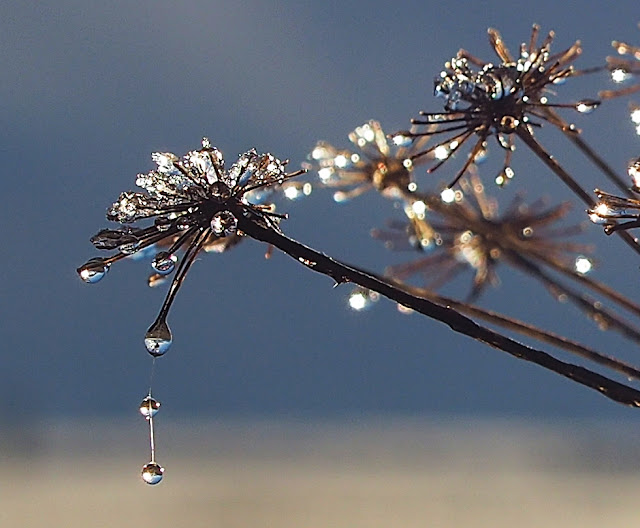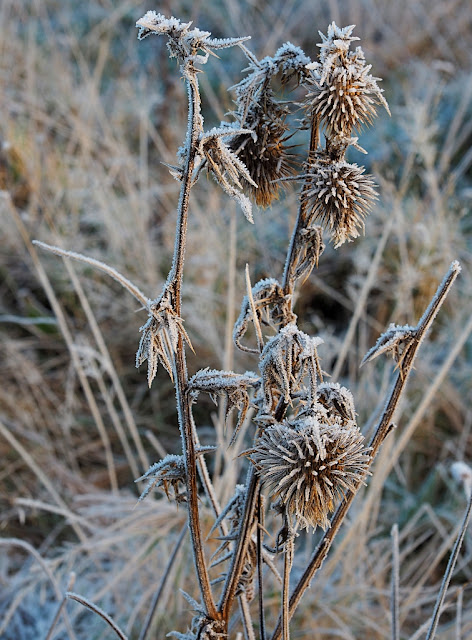Typically, today it has blown a hooley.
As a result one of our sheds is now looking very unwell. In truth this is the shed that collapsed a few years ago and I patched up. Yesterday, checking around prior to the wind coming I noticed something was awry. Further investigation revealed a timber supporting the roof had pretty much rotted away. So we shoved the trailer and backed the horsebox right up to the remains and hoped for the best.
 |
| In the night the roof began peeling off, plank by plank. |
I will be demolishing this shed come the next calm day.
 |
| Bad tempered sky = bad tempered weather. |
I've doing a fair bit of moth stuff. That's additional to trying to put my records for the year into iRecord. I had a look at the Lorimer collection held in Stromness Museum. A lot of interesting things:
 |
| A species which was common in Orkney but isn't these days. |
I suspect changes in farming practice have caused a significant decline of this species. These days it is usually silage that is made, not hay, and the silage is stored in plastic wrapped large bales stored outside.
 |
I've not seen either of these two species. We have old Ash trees very nearby but the Ash Pug hasn't made it the few miles from the Ash at Binscarth. Equally, Juniper Pug doesn't seem to have found the few Junipers in next door's garden. Hoy is a good bit further away mind.
Lastly a bit of a puzzle.
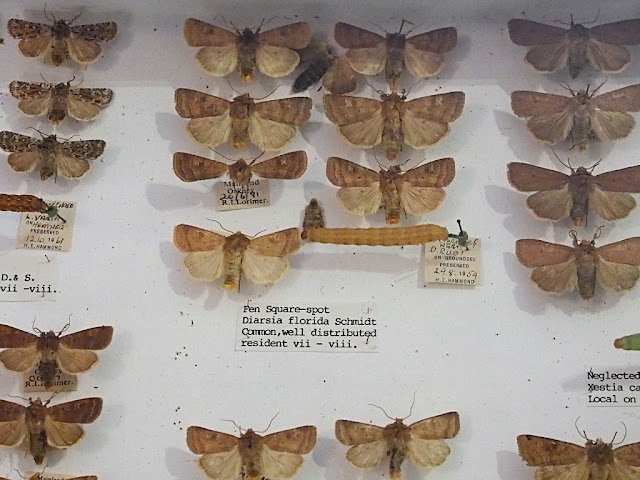 |
| Fen Square-spot. A bit of a taxonomic and identification nightmare. |
Looking at NBN the distribution of this species is disjointed. The Orkney population is out on a limb. In the south of UK. D. florida has a flight period between the two generations of D. rubi. However, in the north - Orkney - the generations are concurrent. The genitalia of the two species are very, very similar and the species are not seperable by gendet. The theory is that D. florida is in the process of evolutionary separation from D. rubi. So are the Orkney records good? To my eye the specimens in the cabinet draw look to be the same size as those of D.rubi, the two moths below. I need to go back and take a closer look and do a lot more research. Ideas welcomed.
There is more of the Lorimer collection in Kirkwall Archive, a visit will be on the agenda for the New Year.
I've also been going through the micro-moth list for the county. I've written a draft recommendation for what could be added and what could be removed. But, further research is required for a good few species.
Actual moth field work has involved searching by torch light. There are still a few Mottled Umber around.
 |
| Mottled Umber, upper and lower. |
Unusually this one appeared on the kitchen window. That evening there were 51 Winter Moths in the garden, including three pairs in cop.
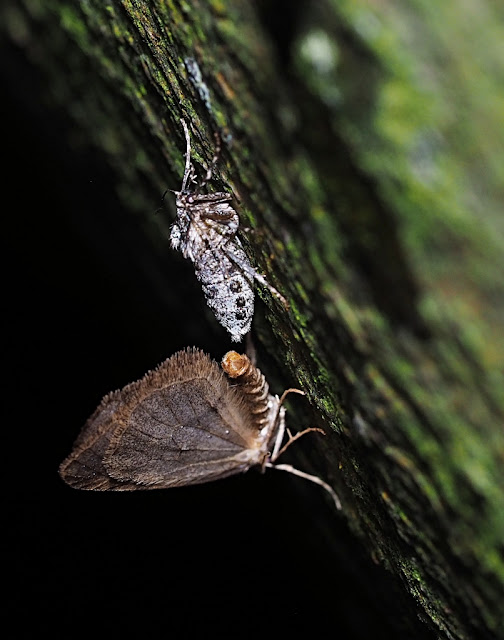 |
| Winter Moth, male (fully winged) and female. |
 |
| Winter Moth. |
Last night there were 13 before the storm, including one pair.
 |
| Winter Moths. |
Quiet on the bird front, although the Great White Egret is present on Parro Shun for an hour or so most days. Highlight was most likely the c450 Jackdaws that flew over the house in the dusk yesterday evening on their way to roost. This was a record number, the previous high count being somewhere in the low 300s I think.
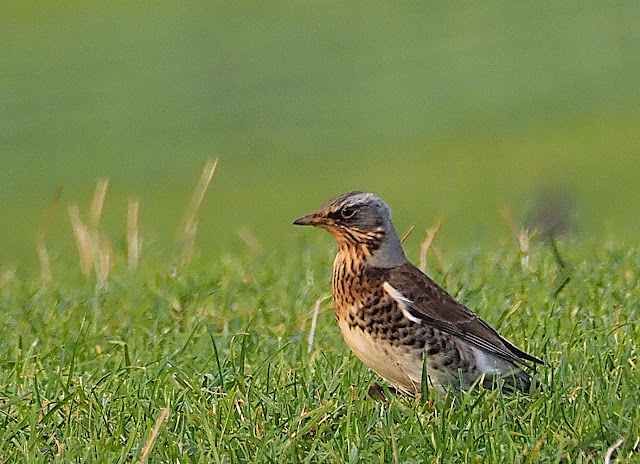 |
| Fiedfare. |
 |
| Lapwing |
 |
| Lapwings, Golden Plover and sheep. |
 |
| The Shunan from the garden the other evening. |
Season's Greetings to all.

























